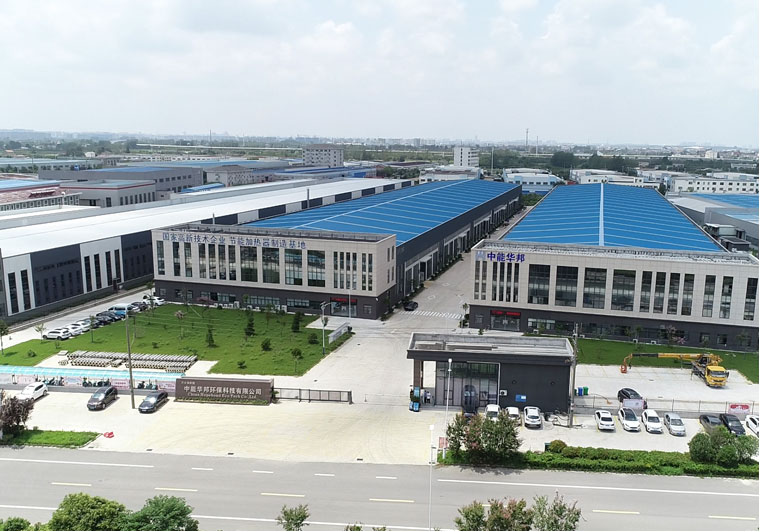Heating Equipment
An RTD (Resistance Temperature Detector) is a temperature sensor with a resistor that changes resistance with temperature. The most popular one is the Pt100. It's been used for temperature measurement in labs and industries for years, known for accuracy, repeatability and stability.
Most RTD elements are thin coils wound around a ceramic or glass core. They're fragile, so usually placed in sheathed probes for protection. Made of pure materials, their resistance at different temps is recorded. The predictable resistance change with temperature is used to measure temperature.
The Pt100 probe is highly accurate, offering good accuracy, stability and repeatability. Most OMEGA standard Pt100s meet the DIN-IEC Class B. It's also less affected by electrical noise, ideal for industrial temp measurement, especially near motors, generators and high-voltage equipment.
The advantages and disadvantages of RTD (Resistance temperature detector) compared with other temperature sensors are as follows:
advantage
1. High precision: such as Pt100 and other RTD accuracy is high, can reach ±0.1℃ or even higher, suitable for scientific research, high-end medical and other high precision requirements of the scene.
2. Good stability and repeatability: long-term use performance is stable, not easy to drift, the same measurement results under the same conditions, obvious advantages in industrial control.
3. Good linearity: good linear relationship between resistance and temperature, simple signal processing and temperature calculation, no complicated correction, reducing system cost and complexity.
4. Wide temperature range: can work in -200℃ to 850℃ or even wider range, adapt to different environments.
shortcoming
Higher cost: RTD costs are higher than some other types of temperature sensors.
Temperature measurement range:
Copper RTD (Cu50, Cu100, etc.) : about -50 ℃ to 150℃, linearity and stability is good, used for accuracy requirements are not high, temperature range is small, such as environmental temperature monitoring.
Platinum RTD (Pt100, Pt1000, etc.) : -200℃ to 850℃, stable and high precision in a wide temperature zone, used in scientific research, aerospace and other fields requiring high accuracy and stability.
Nickel RTD (Ni100, Ni120, etc.) : about -60 ° C to 180 ° C, high resistance temperature coefficient, sensitive to temperature change, for precision requirements are not extremely high, such as automotive engine temperature monitoring.
Accuracy of PT100 temperature sensors:
The accuracy of PT100 probes is defined by their class.
Here is a table summarizing the different classes of rtd probes and their accuracy:
|
CLASS B |
± 0.12 Ohm |
± 0.30ºC |
|
CLASS A |
± 0.06 Ohm |
± 0.15ºC |
|
1/3 B (1/3 DIN) |
± 0.04 Ohm |
± 0.10ºC |
|
1/10 B (1/10 DIN) |
± 0.012 Ohm |
± 0.03ºC |
Benefits of PT100 probes:
1.High precision: for example, the PT100 of Class A can have an error of ±0.15℃ at 0℃, which can meet the high precision needs of scientific research.
2.Good stability: little external interference, stable long-term performance, reliable measurement results, good repeatability.
3.Good linearity: the linear relationship between resistance value and temperature is good, which is convenient for signal processing and data calculation, simplifying system design and calibration.
4.Wide measuring range: usually from -200 ° C to 850 ° C, which can meet the temperature measurement requirements in many scenarios.
5.Fast response speed: It can quickly sense and respond to temperature changes, which is conducive to improving the system response speed and control accuracy.
6.Strong interchangeability: sensors of the same type and grade are good in interchangeability, easy to repair and replace, reduce maintenance costs.
7.Strong anti-interference ability: the metal platinum material makes it resistant to corrosion and oxidation, and can work in harsh environments.
Shipment
provides customers with quality and safe transportation.

Sensing the Temperature: The thermostat in an immersion heater utilizes advanced temperature sensors such as thermistors or bi-metallic strips to constantly mon...
READ MORESinton, a global manufacturer of industrial heating systems, has officially released a new technical white paper titled “Fundamentals of Organic Heat Carrier Bo...
READ MOREOil Quality Management The foundation of contaminant control in an oil circulation heater lies in maintaining high-quality circulating oil. The performance and ...
READ MOREIn the context of the global energy and chemical industry's continuous transformation towards safety, efficiency and intelligence, China's high-end industrial e...
READ MOREOrganized fire safety drills To enhance safety awareness within the industrial park and in response to the "119" Fire Safety Awareness Month, on November 29th,...
READ MORE